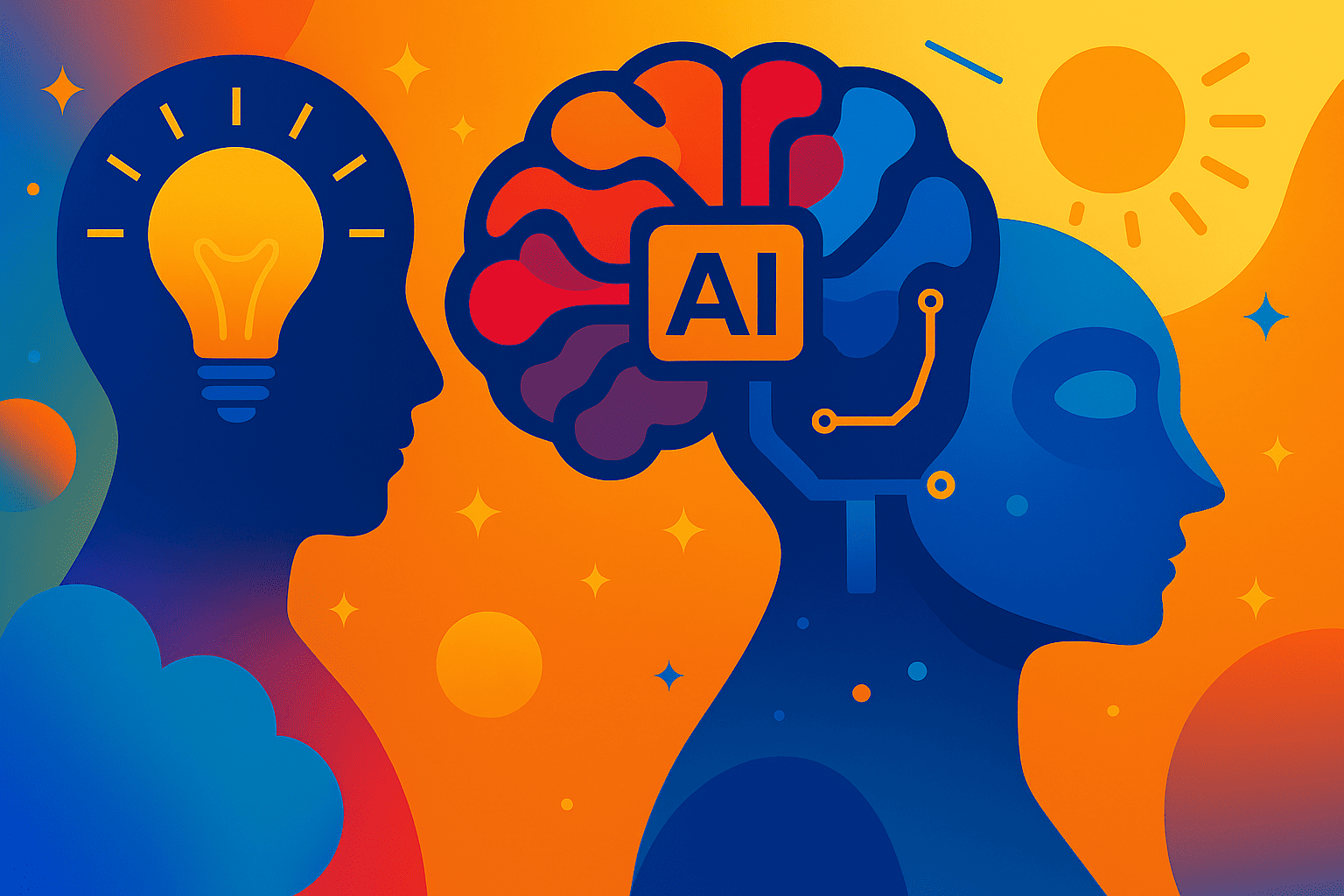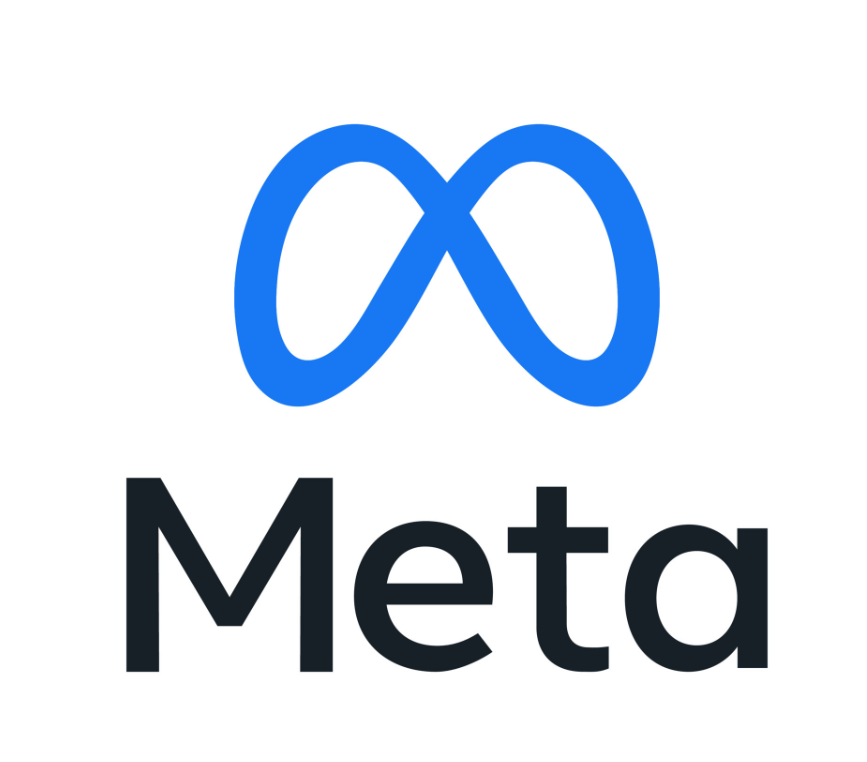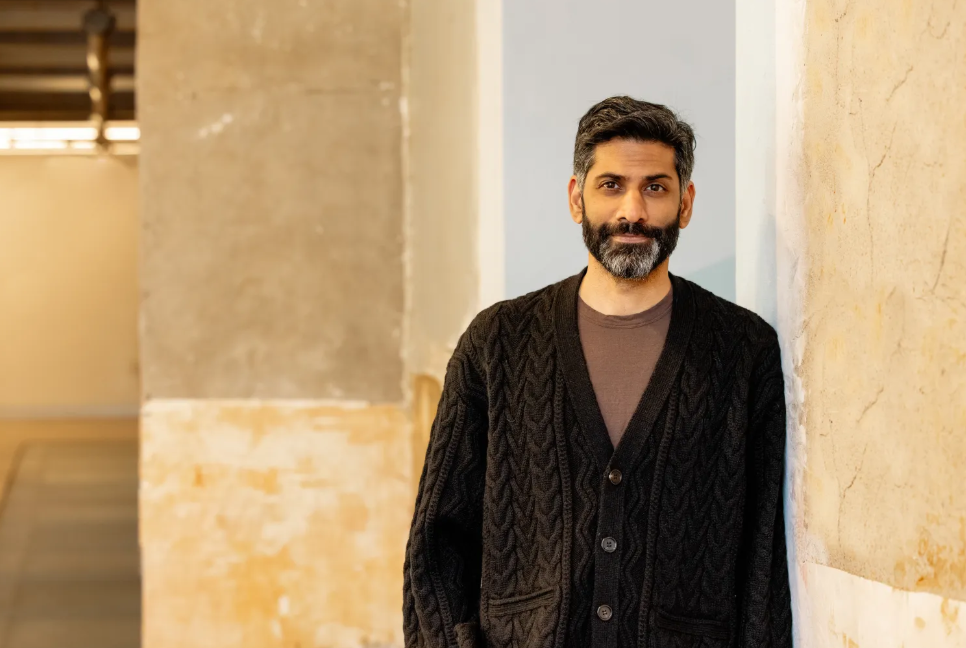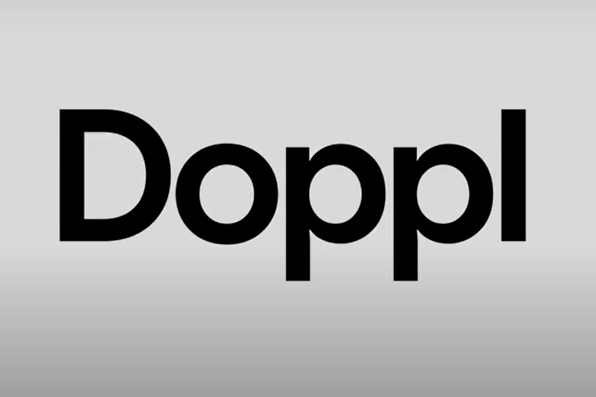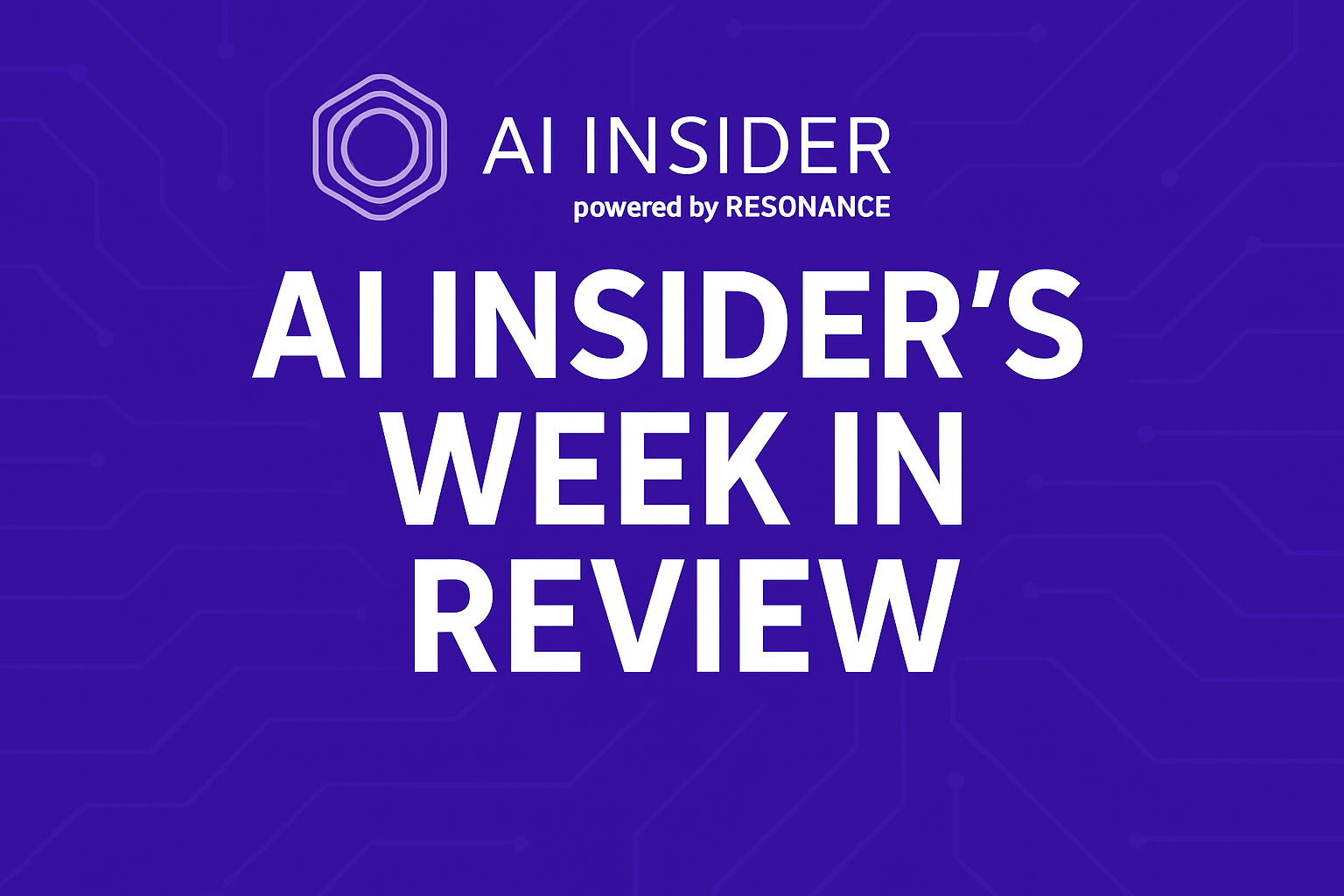Insider Brief
- Two new studies look at how generative AI tools like ChatGPT and design models can impact creativity, finding metacognitive skills and task-specific use important factors.
- A Tulane-led field study of 250 consulting firm employees showed that those who used ChatGPT with active planning, reflection, and adjustment produced more original and practical ideas than those without access to AI or those who used it passively.
- A second study by Imperial College London, the University of Exeter, and Zhejiang University found that large language models perform best in early brainstorming, while image and 3D AI tools are most effective for visualization and prototyping, offering a framework for aligning the right AI with each creative task phase.
Generative AI can enhance workplace creativity, but only when paired with critical thinking skills and the right models, according to two new studies.
In one study, be published in the Journal of Applied Psychology, researchers from Tulane University and several global institutions found that employees who used ChatGPT generated more creative ideas than those who did not. The study, involving 250 workers at a consulting firm, revealed that the employees who benefited most were those who used the tool actively and thoughtfully, according to Tulane.
“Generative AI use doesn’t automatically make people more creative. It boosts creativity only for employees who use ‘metacognitive strategies’ — those who actively analyze their tasks, monitor their thought processes and adjust their approaches,” said lead author Shuhua Sun, who holds the Peter W. and Paul A. Callais Professorship in Entrepreneurship at Tulane University’s A. B. Freeman School of Business.

Participants in this field study were randomly assigned to either use or not use ChatGPT during a normal workweek. Creativity was assessed by supervisors and third-party reviewers. Those who paired AI use with strong metacognitive skills produced ideas rated as more original and practical, according to the study, which also included researchers from Renmin University of China, Nanyang Technological University, Rice University, and the Massachusetts Institute of Technology..
“Even the most advanced generative AI systems won’t enhance creativity if employees are passive consumers of their output and lack the metacognitive strategies needed to engage with them effectively,” Sun said. “To unlock AI’s potential for boosting workplace creativity, organizations must go beyond simply deploying new tools—they also need to invest in developing employees’ metacognitive skills and promote thoughtful, strategic use of AI to acquire the cognitive job resources that support creative thinking.”
The Right Tool for the Job
A second study, conducted by researchers from Imperial College London, the University of Exeter and Zhejiang University, looked at understanding how AI supports creative work. Published in Design and Artificial Intelligence, the study compared how large language models (LLMs), text-to-image (T2I), and text-to-3D (T2-3D) tools contribute to creative design tasks.
According to Zhejiang University, through a series of experiments with professional and student designers, researchers found that each AI modality excels at different stages of the creative process.
In early ideation, LLMs helped users generate abstract combinations of ideas by merging unrelated concepts. However, these tools struggled with spatial reasoning. Conversely, image-based and 3D models were most effective in later stages, including visualization and prototyping. In a design challenge involving chair creation, students using LLMs proposed more novel concepts, while those using T2I and T2-3D tools produced more detailed sketches and functional models. The findings suggest a practical framework: LLMs for brainstorming, T2I for externalizing ideas, and T2-3D for testing physical feasibility.
“Understanding how different generative AI models influence creativity allows us to be more intentional in their application,” said Prof. Peter Childs, co-author and design engineering expert at Imperial College London.
Human and Machine Collaboration
Both studies reinforce a key theme: the value of AI depends on how and when it is used. Effective creative collaboration between humans and machines requires both strategic tool selection and active user engagement. For companies and educators, this means providing both access to AI tools and the training necessary to use them purposefully. Without thoughtful integration, AI risks becoming another underutilized workplace technology.
Researchers from both studies emphasize while AI can extend our capabilities, it does not replace the need for deliberate thinking and skilled task management. Future research may explore how to build systems that scaffold these metacognitive processes or automatically guide users to the right tool at the right time.
As generative AI spreads across industries, these findings provide insight into integrating it meaningfully into creative workflows—by focusing not just on the technology, but also on the human thinking behind it.
